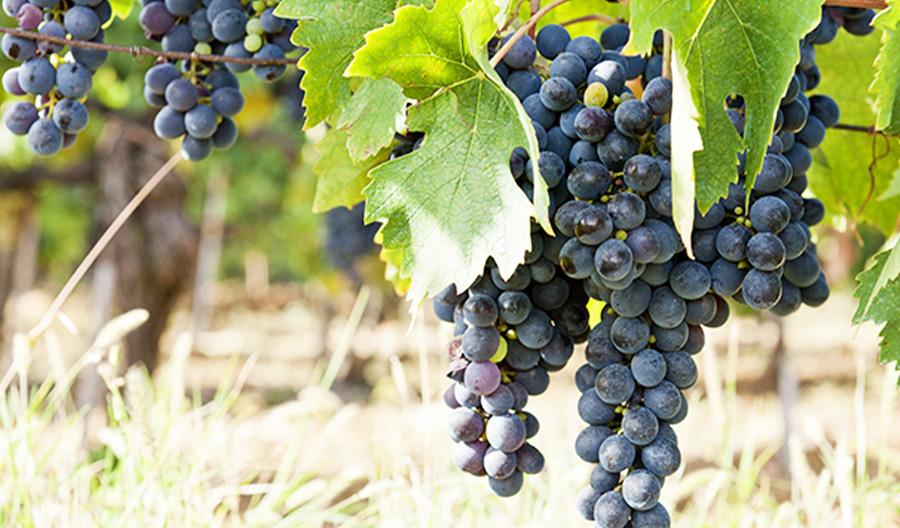If there is one grape variety that exemplifies the phrase, “Don’t judge a book by its cover,” it is Petit Verdot. This small grape earned its name, which translates to “little green,” due to its tendency to ripen later in the season as compared to its Bordeaux cohorts, such as Cabernet Sauvignon and Merlot. When allowed to fully ripen, this compact yet dynamic grape unveils jammy black fruits, enticing floral aromas, and firm tannins along with a deep, dark purple color.
Due to its long, leisurely ripening period, many Châteaus in Bordeaux have replaced Petit Verdot plantings with varieties that ripen to their full potential more expeditiously. However, many New World wine regions are welcoming Petit Verdot into their vineyards to be celebrated as a single-varietal wine, as opposed to a petite percentage of a larger blend.
If there is one grape variety that exemplifies the phrase, “Don’t judge a book by its cover,” it is Petit Verdot.

United States
Later ripening protects it from early weather fluctuations. Further, the smaller berries are able to concentrate sugars in mid to late October, resulting in a depth of flavor and more intense color. The wines exude wild fruit flavors and earthy undertones. In Virginia, many wineries are using Petit Verdot in place of Cabernet Sauvignon to satisfy consumers looking for an alternate big, bold style of red wine. These wines carry vibrant acidity along with ripe dark-berry fruit and, in the best examples, firm and gripping tannins.
Australia
Australia’s largest plantings of Petit Verdot can be found in the Riverland region, but it has also found success in the Barossa and Murray valleys as well as Riverina. Its ability to retain acidity in these warmer climates is key, leading to full-bodied wines with a flavor profile similar to Shiraz: intense red berry fruit, black pepper spice, and floral notes such as lavender and violet.
Argentina
With more than 1,600 acres of Petit Verdot planted in Argentina, 72% are in the high-altitude, warm continental-climate region of Mendoza. Today, the regions of San Juan, La Rioja, Patagonia, and the Calchaquí Valley all have the grape under the vine.

